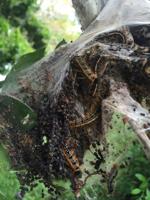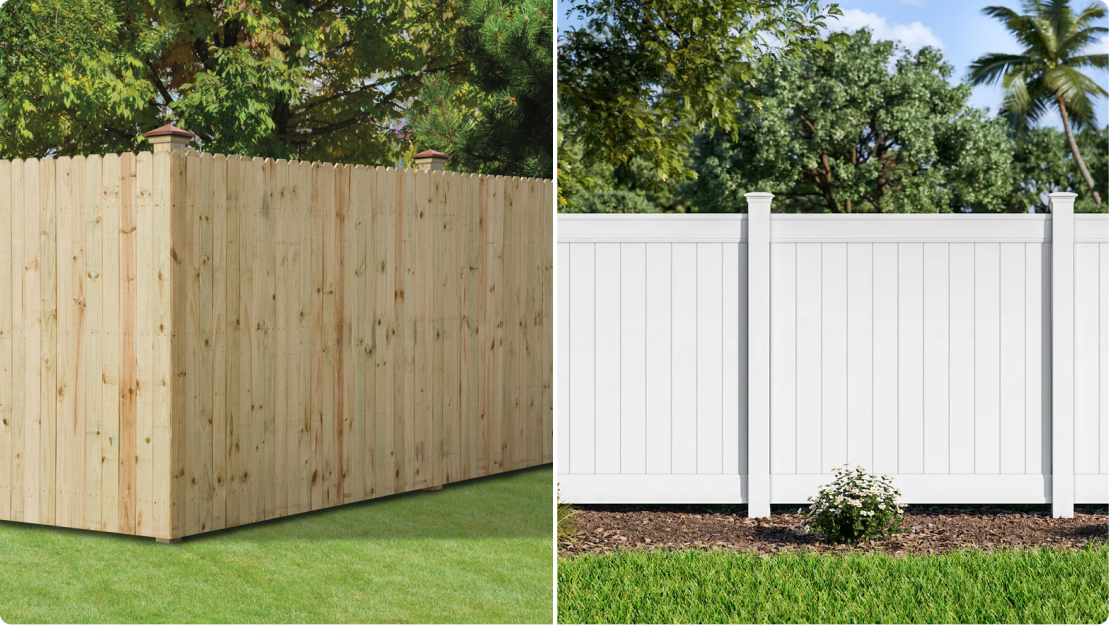Gardening column: An ode to trees | Columnists
Spring is one of the best times to really appreciate the garden. And with Arbor Day on April 29th, now is the best time to focus our attention on one of the most important aspects of the landscape but the one we take for granted.
Arbor Day is a day dedicated to celebrating and encouraging the planting of trees. Trees are the foundation of any yard and are the selling point for many homes. Mature trees take time to grow and care to keep them healthy. But they provide tremendous benefits to the home as well as the overall ecological community. Besides the numerous species of wildlife that trees support, they help regulate the external temperature of a property. Trees help preserve soil and conserve water in the environment, as well as filter the air around us.

Yet with Earth Day being shortly before Arbor Day, I would be remiss if I did not focus on the encouragement of planting and incorporating native trees into the local environment. “Native” is a term that means the plants in question have evolved over time with the local flora and fauna and thus are the best suited for growing in the specific area. Native trees are considered trees that were around long before us. Yet with the clearing and development of the Lowcountry, many of the stands of native trees are disappearing, which in turn can negatively affect the local wildlife. So with Arbor Day just a few days before, I wanted to encourage the utilization of native trees into the everyday garden.
One of the oldest flowering trees, the Southern Magnolia (Magnolia grandiflora) is a tree that exemplifies the South. This is a magnificent evergreen tree that supports a large number of wildlife. They are usually considered to be messy since they are prone to dropping a significant number of very large, waxy leaves that can take a large amount of time to break down. They also can get quite large, with some specimens reaching upwards of 80 feet. But the good news for the average gardener is that there are numerous cultivars that are smaller and more contained and thus better suited for a smaller landscape. The Southern Magnolia produce large, fragrant, white flowers that begin to appear in late spring.

There are a few other native magnolia species such as the Sweetbay Magnolia (M. virginiana), a semi-evergreen tree that can get up to 50 feet tall. Related to the magnolia is the glorious yet oft overlooked Tulip tree, Liriodendron Tulipfera. This is a fest growing, deciduous tree that can grow up to 90 feet tall and produce large, tulip-like flowers in the late spring. While an excellent choice for a native tree, they do need room to grow and can sometimes struggle in the compacted soils of an urban environment.

A live oak tree is a beautiful specimen that supports scores of plants and wildlife. Christopher Burtt/Provided
The tree that is synonymous with the Lowcountry is of course the live oak, Quercus Virginiana. This is the tree that lines roadways and dominates many forests, waterways and parks. This tree is a majestic specimen when mature with broad, sweeping branches that are sometimes filled with Spanish moss, an opportunistic air plant. The Spanish moss, as well as the Resurrection fern that can line the trunks, are just some of the scores of wildlife and plant life this glorious tree supports. One of the main concerns with the glorious tree is of course the size at maturity. Though it does not get overly tall, this tree can spread its large branches over 80 feet in diameter. The good news is that, similar to the Southern Magnolia, there are newer cultivars that still benefit the environment but also are more compact and better suited for smaller landscapes.

The Fringetree is a native species to the Lowcountry, that does not grow as large as some of the others. Chrisopher Burtt/Provided
Now, if the thought of a large, grand tree seems intimidating for a smaller garden, there are still plenty of smaller native trees that can provide the some of the benefit of trees but do not pose such a concern for size. While the more popular of the smaller trees such as the Redbud (Cercis canadensis) and the Dogwood (Cornus florida) have some disease concerns, other lesser known species should still be considered. The Serviceberry (Amelanchier arborea) is a deciduous tree that grows up to 25 feet tall and blooms around Easter. The fruits of the Serviceberry are popular amongst wildlife with the plant attracting many beneficial insects. The American Fringetree (Chionanthus virginicus) is another smaller deciduous tree with gorgeous white flowers that also in spring. Though it only gets up to 20 feet tall, it is still an attractive tree when in bloom that attracts plenty of wildlife.

While there are plenty of other trees that are not included, the important note is that trees are important to the ecological community and provide plenty of benefits to the home landscape. For more information about trees and native trees, visit Clemson’s Home and Garden information website at hgic.clemson.edu or contact your local cooperative extension agent.
Christopher Burtt is the Urban Horticulture Extension Agent and Master Gardener Coordinator for Berkeley, Charleston and Dorchester counties. He can be reached by email at [email protected].








